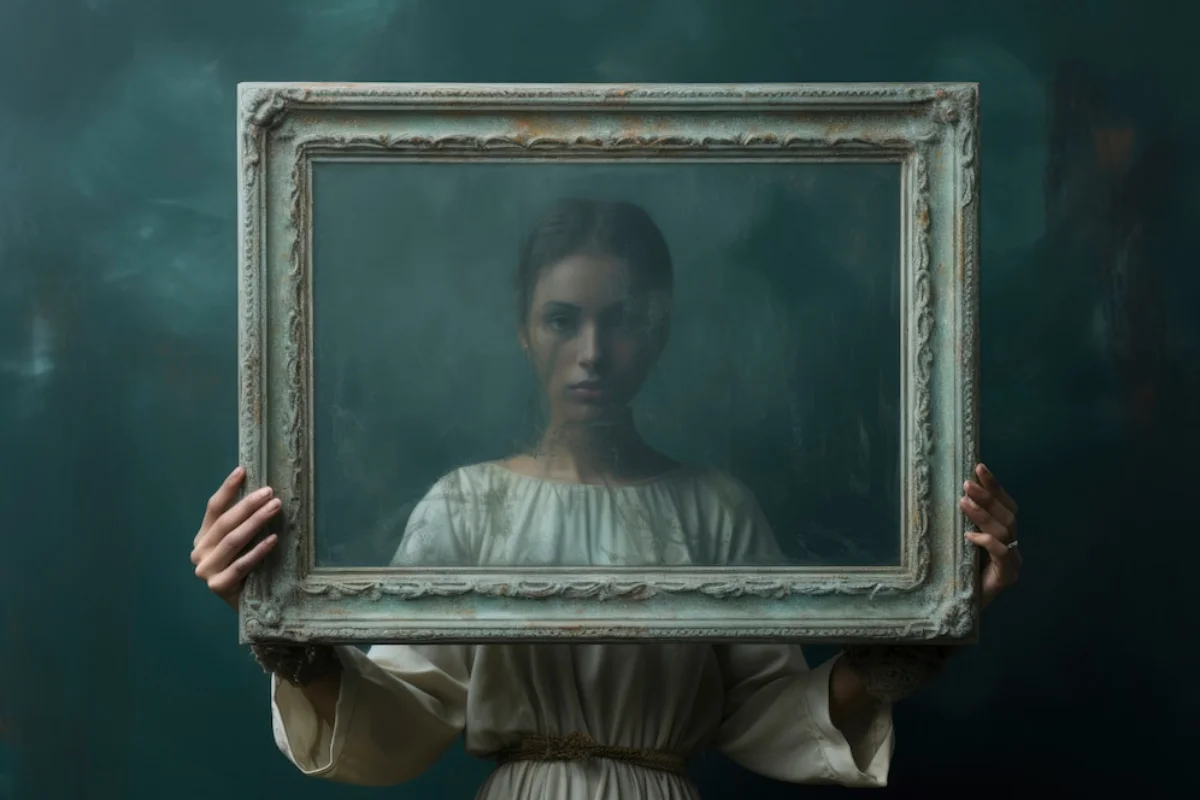Art is a visceral expression that now knows no limits or barriers. Not in the sense of being wholly free or having an absolute divinity-given right, but artists are very much conscious regarding cultural appropriation or any other controversial subjects, and they’ve long acknowledged the ethical imperative of this industry, which is to do no harm.
The constant movement towards prohibition and removal of taboo elements within the arts is a matter that ancient artists would not even dare to dream about. Historically, subjects such as sex, addiction, queerness, political criticism, violence, feminism, racial and social injustice, human suffering and war, and satanic or occult imagery are the principal topics that have been classed as wrong, offensive, and taboo. Nevertheless, there exist a few artistic souls who have fervently resisted the rigid confines of the society they inhabited, fearlessly translating their nonconformist perspectives onto the canvas, challenging conventions, and redefining artistic expression.
“Why not explore these controversial art pieces that shook the world?” – we’ve thought. This is the very least we can do to honor these courageous individuals who chose to reveal their true selves to the world, undeterred by the consequences.
The Last Judgement, Michelangelo, c. 1536-1541
In the clerical elite of 1541, nudity wasn’t really Church’s favorite topic. They accused Michelangelo of being an insensitive and ruthless figure for his daring to depict nude figures in such a holy manner, refusing to appreciate his vision and condemning it as a vulgar thing that belongs to public baths and taverns. Therefore, all the understandably nervous religious have mercilessly picked apart this painting, criticizing it with the same harshness French teachers apply to their students’ essays:
- “The beardless athlete in the center is not the Christ known to the faithful.”
- “The Madonna is too timorous.”
- “The Holy Virgins and Martyrs are too unashamedly nude.”
- “It’s a crime that the angels are unwinged.”
- “Why is Christ’s body the same size as that of the saints?”
Many labelled this painting as a merciful heresy and had fantasies about destroying it or at least painting it over in the provoking parts. However, Michelangelo’s “The Last Judgement” is now praised as a masterpiece that classifies itself on the list of must-see things when visiting the Vatican.
Origin of the World, Gustave Courbet, 1866
Now we’re in the 19th century when painting a woman’s naked thighs, vagina, and torso wasn’t exactly something people would venture to do. This artwork has been a lightning rod for controversy since then, and moving closer to our times, in 2011, Facebook censored this painting, deactivating accounts that publish pictures of Gustavo’s creation. This almost anatomical depiction of the female genitals served as a statement for Gustavo’s nature of rejecting artistic conventions, challenging academic norms, and creating artworks that scandalize the public. He was brave, and he didn’t care about fitting in and societal norms. In fact, those aspects were the last things he cared about. Now, Courbet is hailed as the founder of Realism, being remembered for his ruthless way of smashing the tidy boundaries of the pre-established painting standards.
People are now impressed by detailed and realistic artworks, overcoming the cultural prejudice that has been immortalized mostly in European societies. You should also stop caring about what’s conventionally beautiful and maybe it’s time for all of us to show the world who we truly are. Dare to adorn your house with what most resonates with your inner self. Whether you’re into abstract or oil paintings, there’s a wide range of modern fine art for sale online.
Myra, Marcus Harvey, 1995
Marcus Harvey’s portrait of Myra Hindley remains one of the most outrageous artworks of the 90s. You may wonder what could possibly make a picture controversial. After all, it is just a portrait until you find out that it is actually a blurred version of Myra Harvey’s mugshot, a woman who was accused of killing five children with her husband. Harvey’s explanation included outrageous statements such as how he saw a striking physical resemblance between him and her and how she was a vivid representation of evil, which in art signifies chaos or the actions of a turbulent mind. It is very poetic indeed, but it is out of any limits to romanticize the actions of a serial killer. Marcus Harvey has also stated that he refuses to believe that Mira murdered anyone, highlighting her status as a victim of his boyfriend, who probably dictated this tragic narrative by himself.
We don’t exactly know what determined Harvey to show this immeasurable empathy for a serial killer, and what is even wilder is how he has found excuses for her choice to never leave the relationship with that psychopath of her man, publicly declaring that she was probably living a life too dull or too boring to throw the relationship away.
The Holy Virgin Mary, Chris Ofili, 1996
As for this painting’s controversy, there’s no room for questions, considering we cannot possibly find something relatable in a picture that portrays a black Virgin Mary surrounded by lots of female genitals and posteriors very much similar to those from pornography magazines. The Holy Virgin Mary has generated a whole bombardment of criticism, and Chris Ofili was soon ranked 86th in ”100 People who are screwing up America”, a book written by the American journalist Bernard Goldenberg.
The elder ones were the angriest individuals of this “blasphemous” event, and not long after the release, a 72-year-old retired school teacher vandalized the painting. He was so involved in his mission that he faked illness to pass the security, and then he proudly smeared white paint over Mary’s head and upper body. Long story short, the painting was promptly cleaned, damage was avoided, and the performer received a $250 fine. And then the world kept spinning.
Final Thoughts
To conclude this article on a positive note, whether right or wrong, what these artists have done is to live fully, guided by the profound contemplation of our fleeting existence and the inevitable truth that one day, we will all be forgotten. To live in fear or restraint would be a tragedy, for the essence of life lies in the boldness of self-expression and the courage to leave a mark, however transient.

